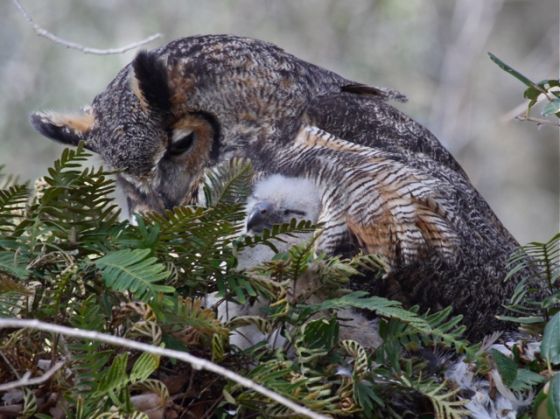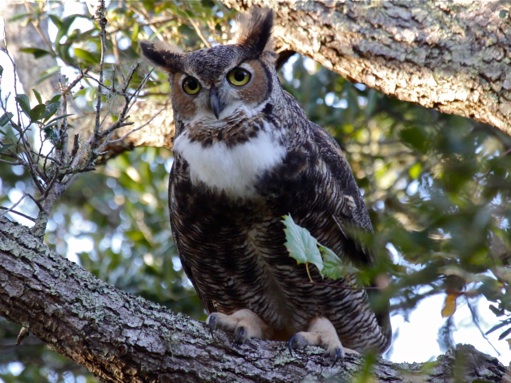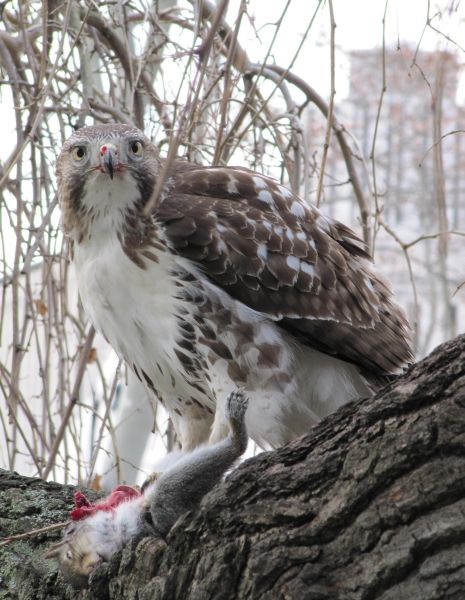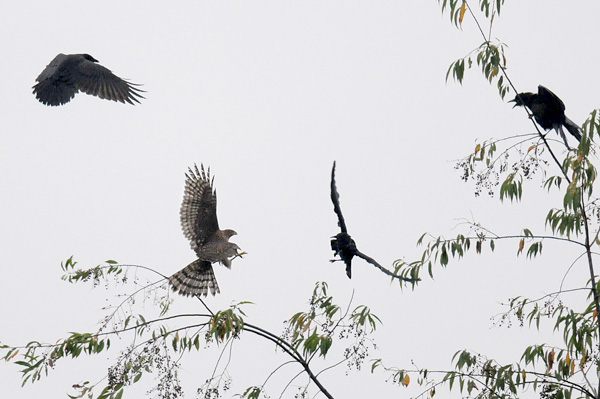
Bald eagles, that is. Though most birds have left the northern part of the continent by now, December is a great time to see these majestic birds of prey.
Bald eagles are sea eagles, more closely related to white-tailed eagles than to goldens, so you’ll always find them near open water. As the lakes freeze up north, bald eagles move south and then to the rivers.
Near Pennsylvania the best place by far to see winter eagles is at Conowingo Dam on the Susquehanna River in Maryland. Unfortunately Conowingo is a 4.5 hour drive from Pittsburgh so when I don’t have the time to make the trip there are places in western Pennsylvania where I can find an eagle or two – or more.
Pymatuning is one such place, about two hours away. Bald eagles live at the lake year round and nest within sight of the Game Commission Wildlife Learning Center. It’s easy for them to stay all year, even in freezing conditions, because there’s always some open water at the spillway.
Even closer and only a 45-minute drive is Lake Arthur at Moraine State Park, a good place for eagles when the lake’s not completely frozen. The Three Rivers Birding Club held an outing there last Saturday and was treated to a heart-stopping moment when a pair of bald eagles attacked a flock of coots. Watch the 3RBC website and their newsletter, The Peregrine, for details on what happened next.
You can also find bald eagles at Crooked Creek Lake in Armstrong County, only an hour away. A pair of eagles nested there last year and are courting now in preparation for nesting in January. I saw both adults last weekend plus two of their “kids” as I watched from the Overlook. Marge Van Tassel and Steve Gosser tipped me off to this site. Shown above is Steve’s picture of one of the immatures taken on December 5th. Nice, eh?
And the colder it gets, the more likely you won’t even have to leave town to see an eagle. As the lakes freeze bald eagles will come to Pittsburgh’s three rivers. Watch the Allegheny, Monongahela and especially the Ohio at Dashields Dam.
Far or near, December’s a good time to see “sea” eagles.
(photo by Steve Gosser)
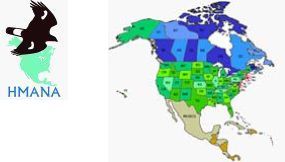
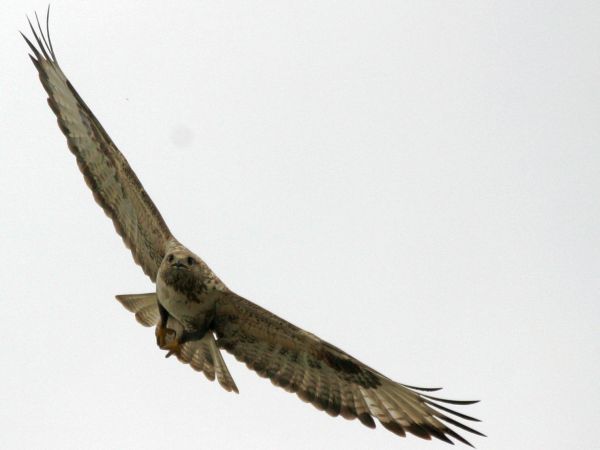
 Tonight from 7:00pm-7:30pm, Dr. Todd Katzner will be on the Cathedral of Learning webcam chat to answer your questions about peregrine falcons.
Tonight from 7:00pm-7:30pm, Dr. Todd Katzner will be on the Cathedral of Learning webcam chat to answer your questions about peregrine falcons. 
